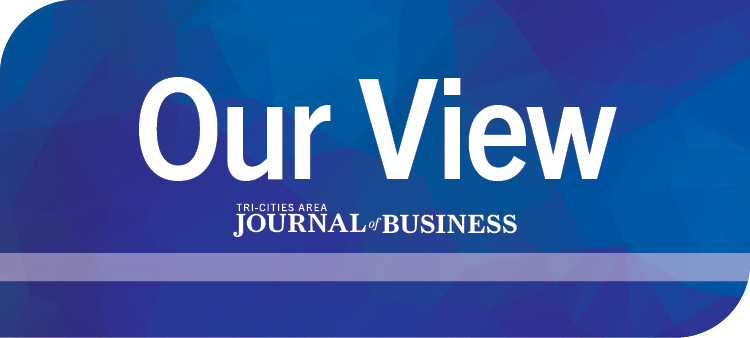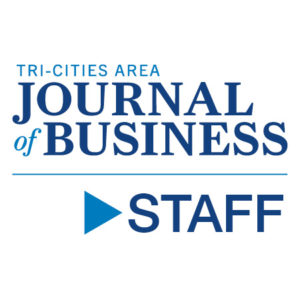
Home » Hanford begins transition into full operations mode
Hanford begins transition into full operations mode

April 13, 2022
Our annual section on the work being done to clean up the Hanford nuclear reservation north of Richland provides updates from the main contractors engineering and doing the work and the regulators tasked with making sure it gets done safely.
We also have stories on the massive budget required to clean up the site, a feature about Hanford’s unique geology and interviews with prominent business leaders who want to accelerate the cleanup so the site can be reused.
We like what Brian Vance, manager of the U.S. Department of Energy offices in Richland, had to say: the site is transforming into full operations mode, which hasn’t been seen since the ’80s.
This year Hanford will see multiple systems come online to stabilize radioactive waste. By early April, 200,000 gallons of tank waste had been treated by the Tank-Side Cesium-Removal system and are now awaiting the Waste Treatment and Immobilization Plant, better known as the vit plant, to come online so it can be transformed into a stable glass form. This is expected to begin next year.
The vitrification process is complicated.
Over the years, cleanup progress has been incremental – and expensive. The 2022 fiscal year budget totals $2.6 billion.
Our 16-page section, which starts on page C1 inside our print edition, offers a great primer for those seeking to understand what is going on at the 580-square-mile site in our backyard. For those who follow Hanford news more closely, the section also provides a solid update on the diversity of work and projects underway there.
And because we are a business journal, we’d be remiss if we didn’t have content on how the Hanford project affects economic development. To date, the Hanford Area Economic Investment Fund has loaned $25 million in loans to 47 businesses and municipalities.
The state Legislature created the fund to invest in job-creating businesses. It is fueled by fees levied on waste deposited at Hanford.
The Tri-Cities’ economy is intricately tied to what goes on at the nuclear reservation so all of us should be invested in understanding and being informed about the work being done to make the area safer for future generations.
Hanford Opinion Our View
KEYWORDS april 2022




